A Brief History of The Editors Guild, IATSE Local 700
The Great Society: The Beginnings of the Editors Guild
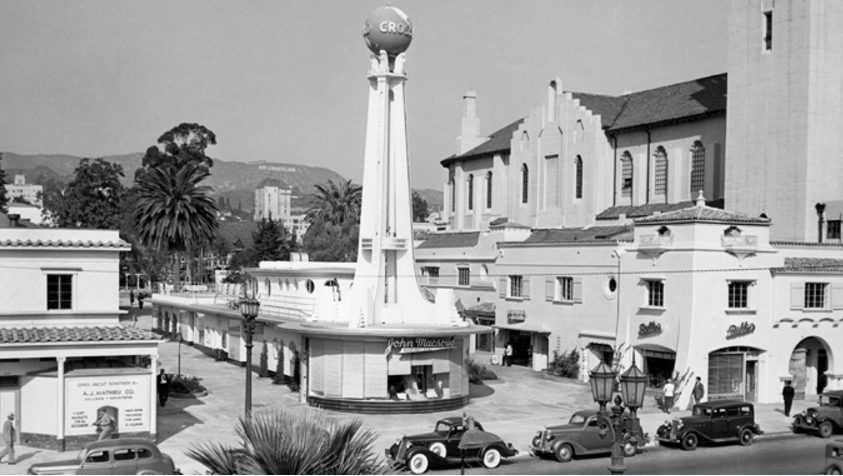
Crossroads of the World, the first offices of the Society of Motion Picture Film Editors, 1937. Photo: Bison Archives
The Busy Boom Years of Local 771 – East Coast

Local 771 marching in New York City’s Labor Day Parade in 1982, from left: Business Agent William Bender, Peet Begley, Fred Rosenberg (in sunglasses), Yvette Nabel, Joan Jimenez (center), Joyce Nakamura, Erik Ramberg and President Ted Troll. Photo by Dennis Yeandle
An Age of Transition and Turmoil: Editors Guild History 1965-75
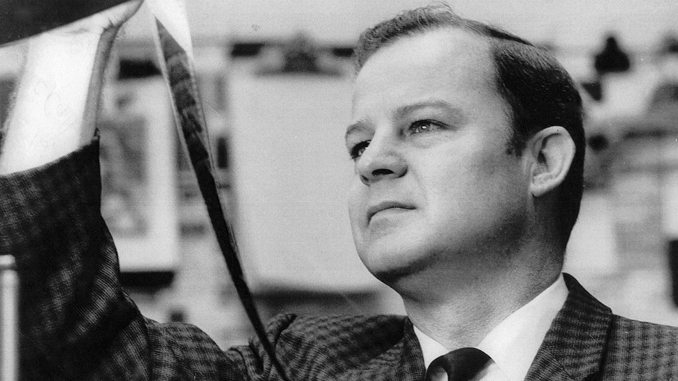
Editor Lynn McCallon in 1969. Courtesy of Lynn McCallon
Post-Production Pioneers: The Guild’s Earliest Members – West Coast

Marge Sokolow, right, with fellow negative cutters, from left, Sara Santos, Lucille Reed and Edna McCance in the Desilu cutting room at the CFI lab in 1958. Photo courtesy of Marge Sokolow
Post-Production Pioneers: The Guild’s Earliest Members – East
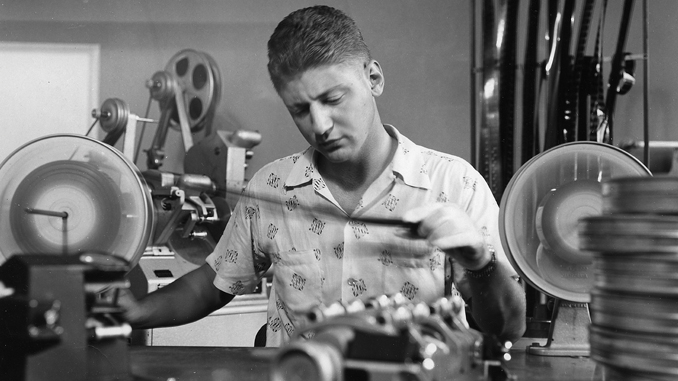
Jerry Bender editing at WPIX- TV in 1953. Photo courtesy of Jerry Bender
The Evolution of Post-Production
Give Them Some Credit!: How Post-Production Practitioners Received On-Screen Acknowledgment

A selection of editorial credits throughout the decades. Clockwise from top left: Warner Bros.’ A Clockwork Orange (1971), Paramount Pictures’ To Catch a Thief (1955), 20th Century-Fox’s The Empire Strikes Back (1980), and 20th Century-Fox’s Prince of Foxes (1949)
Early on, a Woman’s Place Was in the Cutting Room
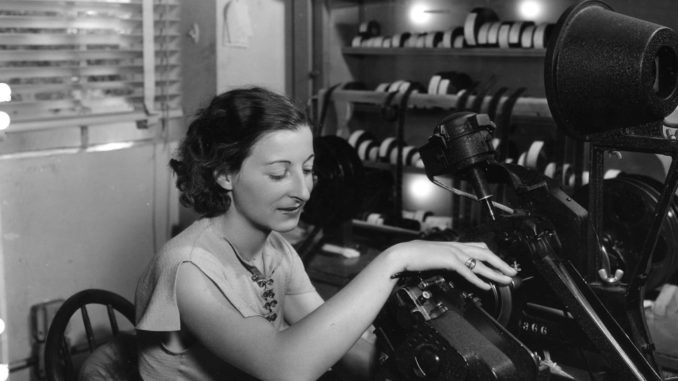
Barbara McLean editing Sing, Baby, Sing at 20th Century-Fox in 1936. Bison Archives
Why Is It Called ‘Foley’ Anyway?
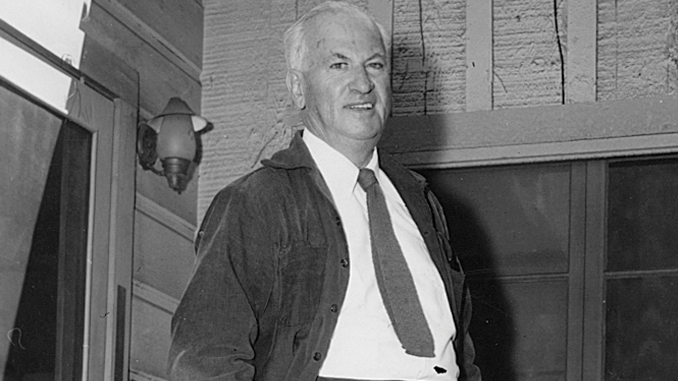
Jack Foley. Courtesy of Catherine Clarke
Let There Be Sound: The Origins of Post-Production Audio on the West Coast
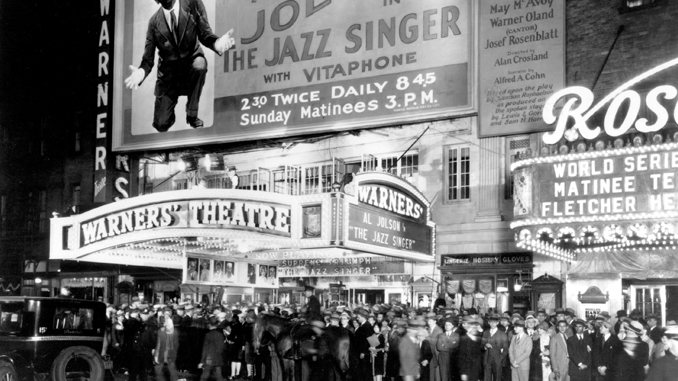
The Jazz Singer opened in 1927. Warner Bros.
Articles courtesy of CineMontage.org